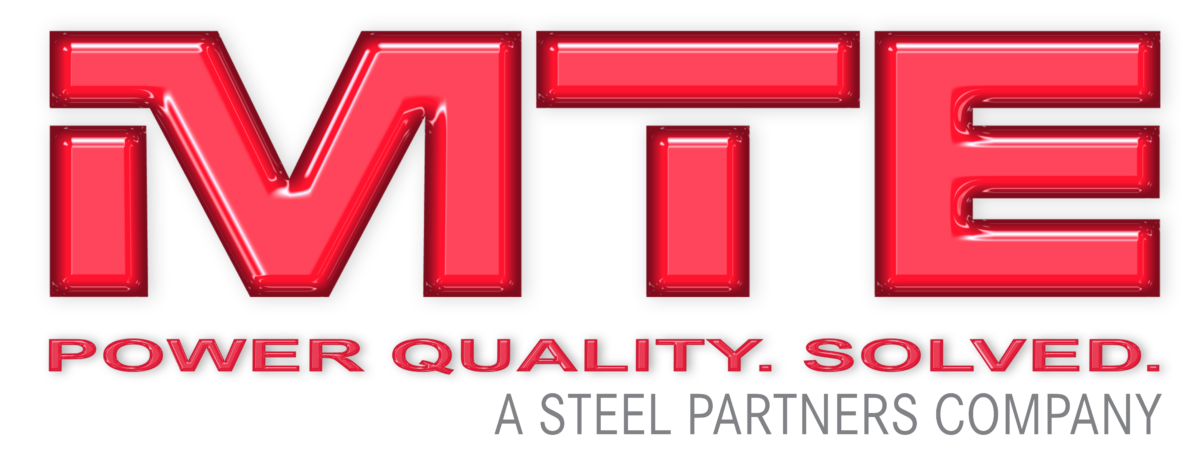SineWave Nexus Filter FAQs
The filter should match the drive/motor voltage and current ratings. If an exact current rating is not available, go to the next largest rating.
Does the Carrier Frequency Matter?
The filter is designed to operate between 2 kHz – 8 kHz. Optimal performance will be achieved at 4 kHz. The lower the carrier frequency, the lower the drive losses will be.
Do I mount the filter near the drive or the motor?
The filter should be mounted as close to the output of the VFD as possible. This method helps to protect the motor as well as the motor leads.
What is the warranty for the SineWave Nexus™ Filter?
MTE warrants the SineWave Nexus™ for a period of three years from the date of shipment.
What voltages and current ratings are available for the SineWave Nexus™?
SineWave Nexus™ filters are available in 380-480V (2A-160A) and 600V (5A-130A) ratings.
What does Modular (Part number SWNMxxxxD) mean?
Modular units ship complete with all filter components necessary except customer supplied wire. The filter components consist of a reactor, capacitor(s), and common mode assembly. This allows customers to easily mount the components in their panel/cabinet where convenient.
If I have a Modular filter (Part number SWNMxxxxD), how far can I install my capacitor(s) or common mode assembly from the reactor?
The capacitor(s) and common mode assembly lead length can be up to 15 feet from the reactor, ensuring the cables are properly bundled together. MTE recommends installing the capacitor(s) and common mode assembly as close to the reactor as possible.
What types of enclosures can I get with the filter?
The SineWave Nexus™ is available in two types of enclosures. NEMA 1/2 ANSI 61 Grey (Part number SWNGxxxxD) and NEMA 3R U-Haul White (Part number SWNWxxxxD).
What is the Maximum lead length I can run?
The motor lead length can be up to 15,000 feet. Be aware longer lead lengths will result in voltage drop and wire size will need to be adjusted.
What operating voltages is the filter designed for?
The filter is designed to operate between 380V to 600V, +/- 10%, 6-75Hz. Derating applies above 75Hz.
Is there an over temperature switch?
Yes. There is a 150°C normally closed temperature switch. It is highly recommended this switch be used to prevent damage to the filter in the rare instance of overheating from unintended conditions.
The SineWave Nexus™ is new. Is it UL listed?
The SineWave Nexus™ is UL/cUL Listed and CE marked.
What is the heat loss from the filter?
The overall filter efficiency is greater than 98%. Heat loss will vary with carrier frequency, motor lead length and cable type.
Can I run more than one motor on the filter?
Yes. In such a case the filter and drive should be rated for the sum of all the motor loads.
Note: Each motor will need a separate overload protection circuit.
What is the continuous current and overload rating?
The filter is rated for 100% continuous current, 150% current for up to 1 minute, and 200% current for 10 seconds.
Will the SineWave Nexus™ protect against bearing currents?
Yes. The SineWave Nexus™ is designed to eliminate common mode voltages that cause pitting to motor bearings and premature motor insulation failure.
Is an isolation transformer still necessary with the SineWave Nexus™?
– If using a non-step-up isolation transformer for common mode protection, it is no longer needed as the SineWave Nexus™ eliminates more than 90% of common mode.
– If using a step-up isolation transformer but leave the neutral point on the transformer wye secondary floating, instead of grounded, there will be common mode current still going to the motor. A SineWave Nexus™ is needed in this application to reduce the common mode currents flowing to the motor.
– If using a step-up isolation transformer and ground the neutral point on the transformer wye secondary, a SineWave Nexus™ is not necessary. MTE’s SineWave Guardian™ filter can be used instead to eliminate differential mode issues.
Are VFD cables required with the SineWave Nexus™?
No. The SineWave Nexus™ eliminates differential mode and common mode issues that lead to cables and motors being damaged by voltage spikes, heat build-up, and cable charging. This allows standard cable to be used with the SineWave Nexus™.

